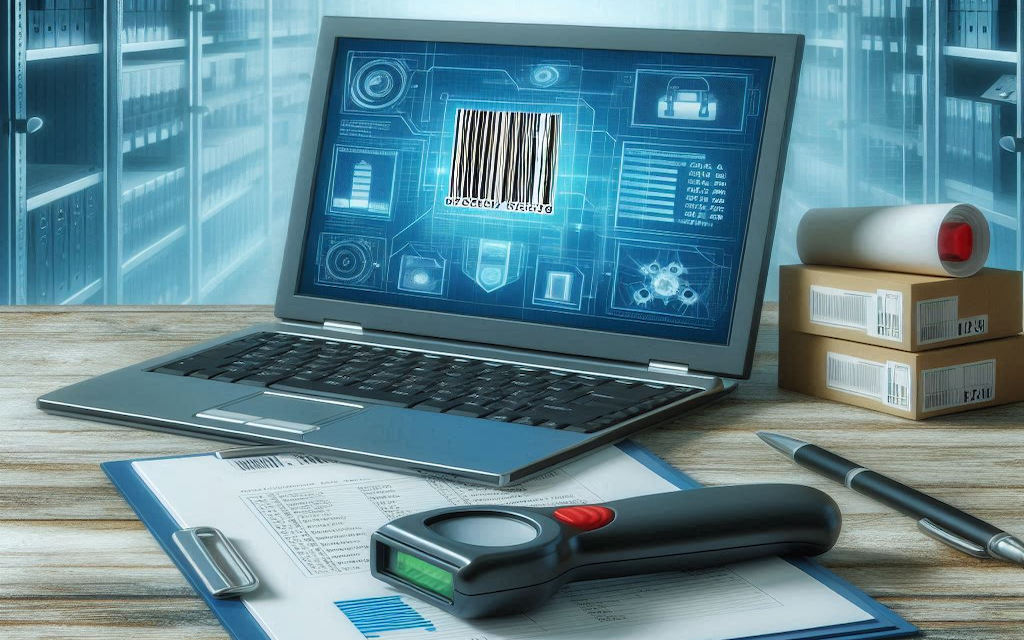
Effective asset management is crucial for companies across various industries. Having a robust system in place ensures smooth operations, avoids unnecessary downtime, minimizes costs, and maximizes productivity. In today's fast-paced business world, real-time asset monitoring has become indispensable for organizations striving to stay ahead of the competition and maintain a competitive edge. This article will explore the importance of real-time asset monitoring and discuss some effective solutions that can optimize asset management processes.
The Significance of Real-Time Asset Monitoring
In an increasingly digitized world, the ability to monitor assets in real time offers numerous benefits. By leveraging technology and integrating it with asset management solutions, businesses can achieve higher levels of transparency, reliability, and efficiency in their operations. Additionally, such solutions enable proactive decision-making by providing valuable insights into asset utilization patterns and performance metrics.
Improved Asset Tracking
With real-time asset monitoring solutions, organizations gain the ability to track assets accurately throughout their lifecycle. This includes knowing their location at any given moment and receiving instant updates on status changes or maintenance requirements.
Preventative Maintenance
Real-time monitoring enables proactive maintenance practices by providing critical information about asset performance, such as tracking excessive wear and tear, identifying potential failure points before they occur, and predicting maintenance schedules based on data analysis.
Minimized Downtime
By capturing real-time data on an asset's condition and performance metrics, such as temperature or vibration levels, businesses can effectively address issues or potential failures promptly. This helps minimize downtime and disruptions to daily operations.
Effective Solutions for Real-Time Asset Monitoring
There are several innovative solutions available that facilitate real-time asset monitoring for improved visibility and streamlined management processes.
Internet of Things (IoT) Sensors
IoT sensors play a significant role in collecting continuous data from assets through embedded systems. These wireless devices provide contextual information about an asset's usage patterns, operational status, and environmental parameters affecting its performance both qualitatively (through alerts) and quantitatively (through data analytics).
Cloud-Based Asset Management Platforms
Cloud-based asset management platforms offer centralized storage, analysis, and access to real-time asset data from any location. This allows multiple stakeholders, including technicians and managers, to collaborate seamlessly. The cloud-based approach eliminates the need for on-premises infrastructure and reduces maintenance costs.
Predictive Analytics
By leveraging predictive analytics algorithms and machine learning models, businesses can identify patterns in asset performance trends. This helps in forecasting maintenance needs, estimating an asset's remaining useful life (RUL), optimizing schedules for maintenance crews, and improving overall resource allocation.
Mobile Applications
Real-time asset monitoring apps enable organizations to monitor assets remotely using smartphones or tablets. These apps provide technicians with critical information such as service manuals, checklists, real-time operational data, and historical records for improved decision-making on the go.
Implementing Real-Time Asset Monitoring Solutions
To effectively implement real-time asset monitoring solutions, organizations should consider the following best practices:
Define Clear Objectives
Before adopting any solution, businesses need to assess their specific asset management goals and define clear objectives to align with these goals.
Choose Scalable Solutions
Opt for those asset management solutions that are flexible enough to accommodate technological advancements and future growth without major disruptions.
Regular Data Analysis
Regularly analyze the collected real-time data to identify patterns or anomalies—this facilitates informed decision-making regarding preventive maintenance and overall optimization strategies.
Train Employees Effectively
Proper training of employees is necessary during the adoption phase of new technology systems, generally accompanied by implementation phase trainers by off-trainers into trainers training techniques.
Conclusion
Real-time asset monitoring has emerged as a vital aspect of modern-day asset management practices. By embracing innovative solutions such as IoT sensors, cloud-based platforms, predictive analytics, and mobile applications, organizations gain several advantages: improved visibility on asset performance, proactive maintenance capabilities, reduced downtime, and smoother operations. Embracing these solutions sets companies up for a more efficient, transparent, and cost-effective asset management process. So, take the leap into real-time asset monitoring technology and enjoy the benefits of enhanced asset management efficiency across your organization.
Share this post
Leave a comment
All comments are moderated. Spammy and bot submitted comments are deleted. Please submit the comments that are helpful to others, and we'll approve your comments. A comment that includes outbound link will only be approved if the content is relevant to the topic, and has some value to our readers.

Comments (0)
No comment